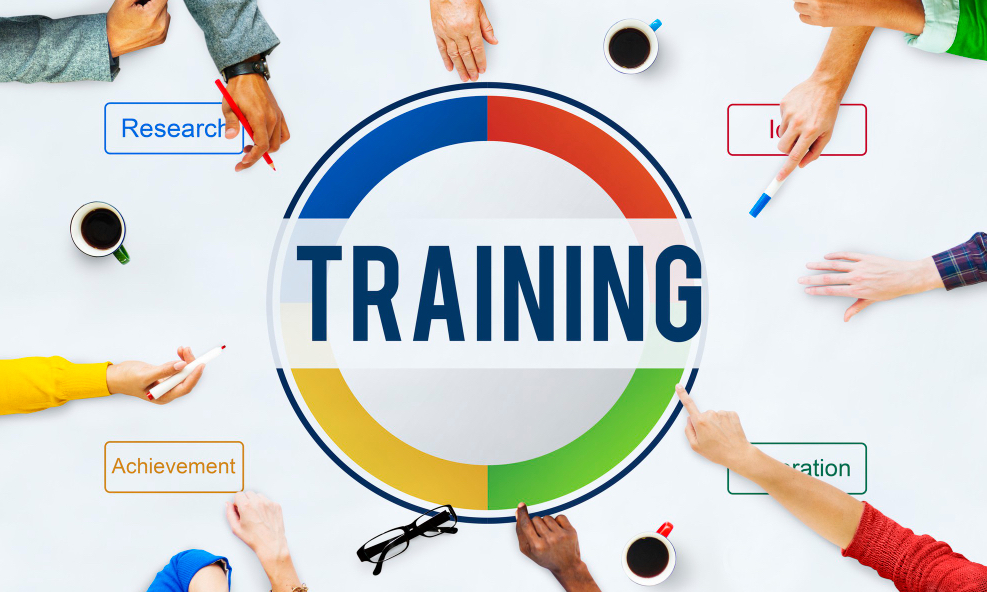The Ultimate Guide to Corporate Training: Strategies for Success
Corporate training refers to the process of educating employees to improve their skills, performance, and productivity in the workplace. From onboarding new hires to upskilling senior staff, effective training programs help organizations stay competitive and agile in today’s fast-changing business environment.
What Is Corporate Training and Why It Exists

Corporate training is a structured development process used by organizations to equip their workforce with relevant knowledge and skills. This training can take many forms: in-person workshops, online learning modules, on-the-job instruction, or external certifications.
Organizations implement training for a variety of reasons, including:
-
Enhancing employee capabilities
-
Complying with industry regulations
-
Reducing performance gaps
-
Improving team collaboration
-
Supporting employee career growth
In today’s digital age, the rise of remote work, AI tools, and evolving technologies has made continuous learning a necessity rather than a luxury. Companies now view training not as a one-time event but as an ongoing investment in workforce development.
Why Corporate Training Matters Today
Corporate training is more important than ever due to rapid changes in the global economy, technology, and workplace expectations. Here’s who it impacts and what problems it solves:
| Stakeholder | Impact |
|---|---|
| Employees | Gain skills, confidence, and job satisfaction |
| Employers | Improve productivity, innovation, and retention |
| HR Teams | Streamline onboarding, reduce turnover costs |
| Industries | Maintain compliance and adapt to global standards |
Problems It Solves:
-
Lack of technical or soft skills
-
Misalignment between business goals and employee performance
-
Low engagement and high attrition
-
Inconsistent workflows and poor communication
-
Gaps in compliance or safety training
Recent Trends and Updates in Corporate Training (2024–2025)
The corporate training landscape has undergone several transformations in the past year:
-
Microlearning – Bite-sized, focused lessons are becoming the norm, making training more flexible and digestible. Popularized further in 2024, this trend is driven by reduced attention spans and busy schedules.
-
AI-Driven Personalization – Companies are increasingly using AI tools to customize training based on individual performance and learning styles.
-
Hybrid Learning Models – With remote and hybrid work continuing into 2025, companies are blending in-person and digital content more effectively.
-
Soft Skills in Demand – Emotional intelligence, communication, and leadership training are gaining traction alongside technical skills.
-
Gamification and VR Training – Some companies, especially in manufacturing, healthcare, and aviation, are incorporating virtual reality and game-based learning for better engagement and simulation-based training.
-
DEI Training – Diversity, Equity, and Inclusion (DEI) training has become a cornerstone for many organizations, especially in the U.S., EU, and Canada.
-
Focus on ROI – Training budgets are being scrutinized more closely. Companies now track ROI using learning analytics and performance metrics.
Regulations and Compliance in Corporate Training
Corporate training often falls under legal or regulatory frameworks depending on the industry and region. Here's how:
| Country / Region | Common Regulations Affecting Training |
|---|---|
| United States | OSHA (Occupational Safety and Health Administration), EEOC requirements, ADA compliance |
| European Union | GDPR training, Anti-harassment laws, Equal Opportunity mandates |
| India | POSH Act training (Prevention of Sexual Harassment), IT Act for cybersecurity training |
| Canada | Workplace Harassment and Violence Prevention Regulations |
| Australia | WHS (Work Health and Safety) Act requirements |
Government-supported programs and tax incentives also support corporate training. For example, in the U.S., the Workforce Innovation and Opportunity Act (WIOA) funds training for in-demand jobs. Similarly, in the UK, companies can benefit from the Apprenticeship Levy to fund employee training programs.
Essential Tools and Resources for Corporate Training
To manage corporate training effectively, many organizations rely on a suite of tools and platforms. These include:
Learning Management Systems (LMS)
-
Moodle
-
TalentLMS
-
SAP Litmos
-
Cornerstone OnDemand
LMS platforms allow HR teams to assign courses, track progress, and generate reports.
Authoring Tools
-
Articulate 360
-
Adobe Captivate
-
iSpring Suite
These help create interactive content and modules for e-learning.
Communication & Collaboration
-
Slack – for training group discussions
-
Zoom or Microsoft Teams – for live webinars or virtual sessions
Skill Assessment Tools
-
Kahoot!, Quizizz – for real-time quizzes and assessments
-
Vervoe – to test job-specific skills
Additional Resources
-
Coursera for Business
-
LinkedIn Learning
-
edX for Business
-
Trainual – great for small teams to document processes and onboarding
-
Canva – for designing engaging slides and visuals
Frequently Asked Questions
1. What are the different types of corporate training?
Corporate training can include technical training, leadership development, compliance training, soft skills, onboarding, and DEI initiatives. Many companies blend formats like instructor-led, online, self-paced, and group-based training.
2. How can companies measure the success of their training programs?
Common metrics include employee feedback, pre- and post-training assessments, productivity improvements, training completion rates, and ROI analysis.
3. What’s the ideal frequency for corporate training?
It depends on the topic. Compliance training is often annual. Technical and skills training can be quarterly or ongoing. Onboarding should occur within the first few weeks of joining.
4. Are there free training tools available for small businesses?
Yes. Platforms like Google Digital Garage, HubSpot Academy, and Coursera offer free business training courses. For internal training, tools like Notion and Trello can be used to organize content and track progress.
5. How do remote teams benefit from corporate training?
Remote training helps standardize skills and ensure inclusivity regardless of location. It also boosts engagement, keeps employees connected to company goals, and reduces isolation.
Conclusion
Corporate training is no longer optional—it’s a critical part of modern workforce management. From onboarding new employees to reskilling teams for emerging technologies, structured training boosts both individual growth and organizational success.
As companies adapt to hybrid work models and tech-driven transformation, investing in the right tools, staying compliant with regulations, and offering engaging learning experiences will remain essential strategies for success.